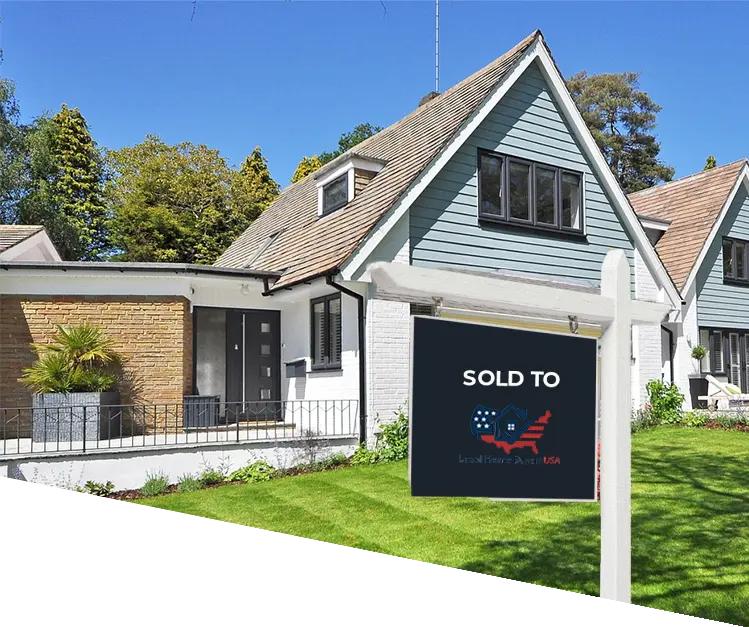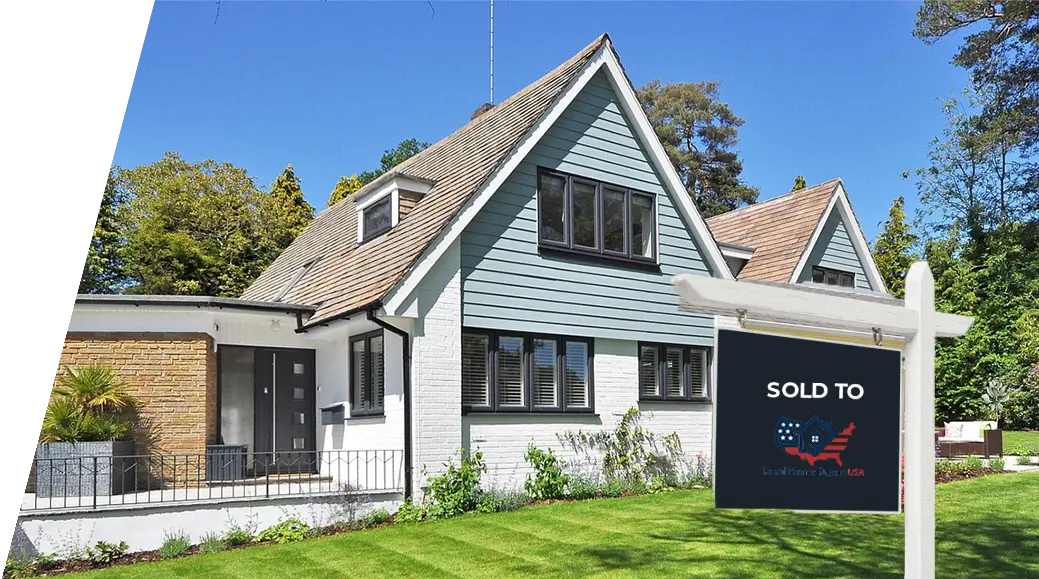Minnesota Real Estate Market 2025: Zillow ZHVI Data Insights, Twin Cities Trends & Actionable Strategies
We used Zillow’s Home Value Index (ZHVI) year‑over‑year data as of June 2025 to clarify Minnesota’s market story, explain what changed after the pandemic surge, and show how homeowners can move forward—confidently—in 2025.
- Minnesota 2025 Snapshot (ZHVI)
- What Changed in the Last 5 Years
- Affordability, Rates & Payments
- Inventory & Days‑on‑Market
- Metro Highlights (Minneapolis Proxy)
- Seasonality, Weather & Showing Behavior
- New Construction, Renovations & Supply
- 12‑Month Scenarios & What to Watch
- Homeowner Playbook 2025
- Authority Links • Related Reading
At‑a‑Glance: Minnesota 2025
| Theme | What It Means |
|---|---|
| Post‑surge stabilization | Rapid appreciation cooled; 2025 is more balanced and payment‑sensitive. |
| Local segmentation | Condition, schools, commute, and taxes shape outcomes; turnkey sells fastest. |
| Rate‑driven demand | Small rate moves change monthly budgets more than small list‑price tweaks. |
| Inventory normalization | Supply improved from 2021–22 lows, yet varies by neighborhood and product type. |
Minnesota 2025 Snapshot (Zillow ZHVI, June 2025)
Source: Zillow Home Value Index (ZHVI), year‑over‑year perspective, June 2025. This export includes Minneapolis as the covered Minnesota metro; we present Minneapolis as a metro proxy for statewide momentum and clearly label it below.
| Area | As‑of | Median Home Value (ZHVI) | YoY Change | Note |
|---|---|---|---|---|
| Minnesota (Metro Proxy) | 2025‑06 | $389,452 | +0.9% | Proxy equals Minneapolis due to dataset coverage |
| Minneapolis (Metro) | 2025‑06 | $389,452 | +0.9% | ZHVI metro from the June 2025 export |
What Changed in the Last 5 Years
During 2020–2022, Minnesota—like most of the U.S.—experienced historically strong appreciation as mortgage rates fell, remote work expanded, and households re‑optimized for space. Then, as financing costs rose, momentum cooled and listings competed on presentation and price‑to‑payment alignment rather than on scarcity alone. Because buyers think in monthly terms, small rate shifts often outweigh small list‑price adjustments. Consequently, the 2025 market operates with a new logic: the best‑presented homes still sell briskly; the rest achieve traction when pricing connects to the buyer’s payment threshold.
Meanwhile, inventory climbed from the ultra‑tight levels of 2021–2022, yet it remains uneven. Neighborhoods close to job centers, parks, transit corridors, and high‑performing schools continue to command attention. Sub‑markets with aging housing stock or deferred maintenance can still deliver strong outcomes; however, they tend to require either up‑front repairs or transparent pricing that accounts for projects buyers will inherit.
Affordability, Rates & Payments
In practice, the 2025 buyer asks: what’s the monthly payment? That means modeling principal, interest, taxes, and insurance—and, where relevant, HOA dues. Because a quarter‑point rate change can recalibrate what a household can responsibly support, price strategy works best when it’s paired with a financing strategy. For example, sellers sometimes trade a small price reduction for a targeted credit that funds a temporary buydown; buyers see the lower payment immediately, and showings accelerate accordingly.
Furthermore, property tax differentials across suburbs can affect what “affordable” really means. Even at the same purchase price, two properties can land at sharply different payments because taxes and insurance diverge. Therefore, buyers should underwrite the all‑in cost, while sellers should present that cost clearly to reduce friction and invite confident offers.
Inventory & Days‑on‑Market (DOM)
Because supply is no longer at emergency lows, condition and pricing do more of the heavy lifting. Move‑in‑ready homes—especially those near high‑demand schools and employment nodes—continue to draw multiple offers, just not with the same intensity seen in 2021. Conversely, homes with inspection or cosmetic hurdles still sell quickly when list prices align with the buyer’s total cost (payment + projects + time).
- DOM pivots on alignment with buyer budgets at current rates; pricing to last year’s headlines stalls showings.
- Condition & transparency stabilize deals. Repair high‑impact items (roof, moisture, safety) or price accordingly—and document the rest.
- New‑build incentives can reset nearby comps; resale sellers compete via presentation, precision pricing, and flexibility on terms.
Metro Highlights (Minneapolis Proxy)
Minneapolis
$389,452 (YoY +0.9%, ZHVI June 2025). After the 2020–22 surge, the Minneapolis market cooled and then stabilized into 2025. Turnkey listings close fastest because they simplify the buyer’s payment and project calculus. Homes needing updates still move efficiently when prices reflect the all‑in cost a buyer will carry. Because neighborhood micro‑dynamics matter—commute, parks, school boundaries, and property taxes—pricing should be grounded in hyperlocal comps rather than citywide anecdotes.
Want a broader statewide panel (e.g., Saint Paul, Rochester, Duluth)? Export those ZHVI metros and we’ll slot them in, recompute the statewide average, and update charts for a richer “Greater Minnesota” view.
Seasonality, Weather & Showing Behavior
Because Minnesota experiences real winters, seasonality matters more here than in many states. As temperatures drop and daylight fades, casual touring slows; however, the buyers who remain active are often highly motivated. Therefore, sellers who list in shoulder seasons frequently trade lower traffic for better signal‑to‑noise—fewer lookers, more serious buyers. Meanwhile, as spring returns, inventory typically expands and showing activity accelerates, which can help exposure but also increase competition.
Weather also shapes inspection outcomes. Roof age, attic ventilation, grading/drainage, and ice‑dam history draw extra scrutiny. Sellers who address these items (or price and disclose them clearly) remove uncertainty, reduce re‑trades, and keep transactions on time despite the elements.
New Construction, Renovations & the Supply Pipeline
Although new construction expanded over the past few years, the Twin Cities still face structural constraints: land availability in preferred districts, infrastructure limits, and regulatory timelines. Builders counter with incentives—rate buydowns, closing credits, and option packages—that effectively lower the payment and pull demand forward. When those incentives arrive, nearby resale listings must compete by emphasizing condition, location advantages, and flexible terms.
In the renovation market, costs for labor and materials remain above pre‑2020 trends. Sellers weighing “repair then list” versus “price as‑is with a transparent discount” should underwrite not just invoices but also timeline risk. In many cases, pre‑inspection plus targeted high‑ROI updates (light paint, lighting, hardware, landscaping, minor bath refresh) outperform complex remodels on a net basis. The winners in 2025 are the listings that communicate value simply and remove excuses for inaction.
12‑Month Scenarios & What to Watch
Base Case: Gradual Stabilization
With ZHVI showing Minneapolis at +0.9% YoY in June 2025, a base case is gentle appreciation around inflation as rates drift within a range. Payment sensitivity keeps negotiation polite but purposeful; the best listings still clear quickly.
Upside: Payment Relief
If mortgage rates ease more than expected, payment relief can expand budgets and unlock pent‑up demand. Because many would‑be move‑up sellers held back in recent years, any rate‑driven confidence could produce a two‑sided improvement: more listings and more buyers.
Downside: Cost Frictions
If financing stays tight while taxes, insurance, or renovation costs climb, buyers will stay choosy and concessions will do more of the work. In that case, pricing to the current payment reality becomes even more essential, and “as‑is certainty” grows more attractive to time‑sensitive sellers.
Minnesota Homeowner Playbook (2025)
If You’re Selling
- Price to payment reality. Model monthly cost at today’s rates; consider a buydown credit to widen the pool.
- De‑risk inspections. Address roof, moisture, and safety items early; provide receipts and warranties.
- Stage for speed. Light paint, lighting, hardware, and landscaping often out‑earn their cost.
- Stay flexible on terms. Closing credits or rent‑backs can bridge buyer constraints and improve net.
- Have a Plan B. Keep a written as‑is offer with flexible timing as a certainty backstop.
If You’re Buying
- Pre‑approve with buydown scenarios. Move decisively on A‑tier listings.
- Shop neighborhoods, not just homes. Schools, transit, parks, and taxes can dominate long‑run value.
- Credits can beat cuts. At the same payment, credits may stretch dollars further than a tiny price drop.
- Underwrite winter realities. Budget for weather‑related maintenance and energy efficiency upgrades.
If You’re Inheriting/Relocating/Landlording
- Time is money. Compare a 14–21 day as‑is sale to carrying costs, coordination, and vacancy risk.
- Tenant coordination. Clear dates and respectful plans protect relationships and keep deals on track.
- Bundle exits when logical. Multiple properties sold together can reduce friction and maximize net.
Download the Minnesota Market Playbook (Free PDF)
Get a concise MN‑specific PDF with charts and a seller checklist—plus one helpful weekly email. Unsubscribe anytime.
Related Reading & Expert Guides
Sell a Fire, Flood, or Code‑Issue Home As‑Is for Cash
Navigate distressed property sales while maximizing your net and avoiding delays.
Facing Foreclosure? Your Options by Stage
Understand legal and financial paths at each stage—and where a fast cash offer fits.
Offer in Under 24 Hours: How Our Cash Offer Pricing Works
A transparent breakdown from ARV to your net proceeds with real‑world examples.
How to Sell a House with Squatters: 50‑State Guide
Step‑by‑step instructions and key legal considerations for selling with occupants.
Authority Links & Resources
- Zillow Research (ZHVI methodology & insights)
- National Association of Realtors
- Realtor.com Research
- Redfin News
- FRED (Federal Reserve Economic Data)
- U.S. Census Bureau
- CoreLogic Insights
- HUD
- BLS – Midwest
- FHFA House Price Index
All numeric values in this post come from the Zillow Home Value Index (ZHVI), year‑over‑year perspective, as of June 2025. Where statewide figures are shown, they reflect the metro proxy noted above.
Ready to Compare Your Options—Clearly?
We’ll send a written offer with a transparent net sheet and a flexible timeline—no repairs, no showings, no surprises.




